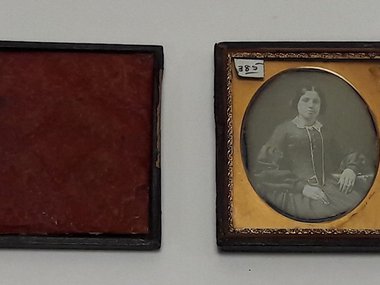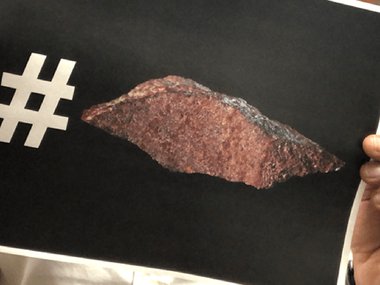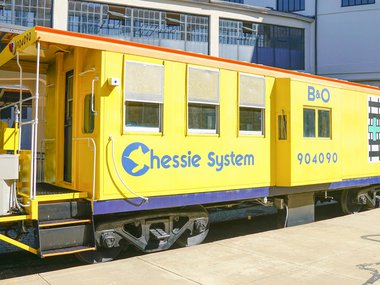Conservation, Preservation, Restoration … What’s the Difference?
Hi, science lovers. Museum Registrar Lori Buckley here.
After 42 years you would think the Science Museum of Virginia would have our Model Railroad Show down to a … science … but for this year’s event we made a few changes.
The nearly 12,000 guests who attended the three-day event were still able to meet Clydesdales, watch a blacksmith work, ride the Teddy Bear Express, experience live steam demos and, of course, see hundreds of feet of model train displays. What we changed this year had to do with our vintage train, Car ONE.
You do know the Museum’s building used to be a train station, right? Good. Then you also know that we have a 100-year-old train car on the tracks in our backyard that we only open up to the public during the Model Railroad Show.
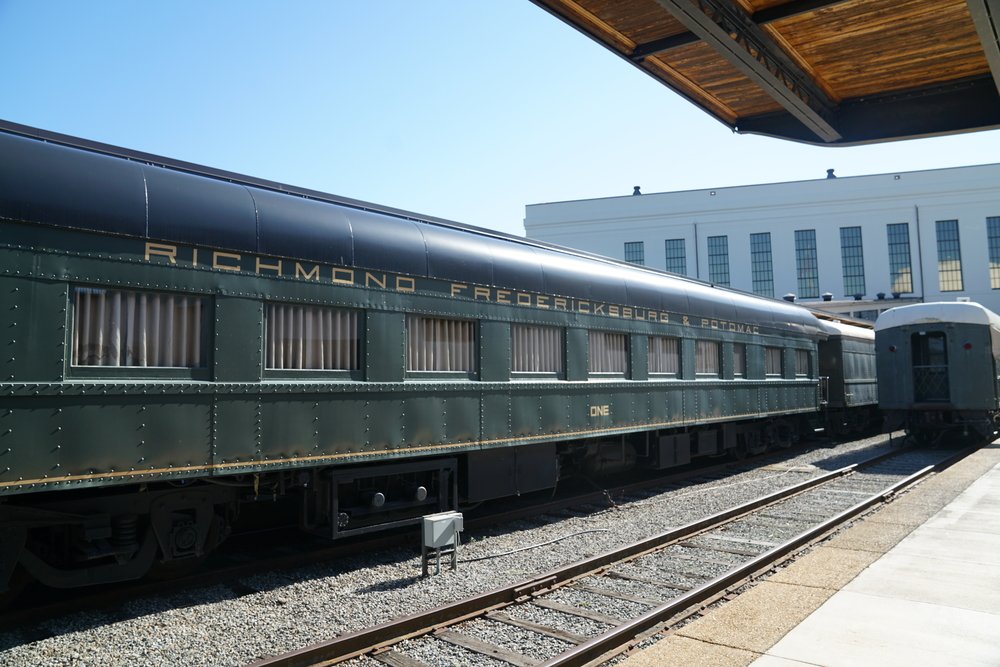
Car ONE (pronounced as individual letters Oh-N-Ee, not like the number 1) was built in 1919. It served as the rail version of a modern corporate jet, featuring luxurious accommodations such as an observation platform, a mahogany-filled lounge, a dining room, a bathroom with shower and more. I guess that explains why presidents Franklin D. Roosevelt and Harry S. Truman used a similar car while they were in office!
The Richmond, Fredericksburg & Potomac Railroad Company bought the car in 1936 for $14,125.77, that’s about $250,000 when adjusted for inflation. After decades of service, the Museum acquired Car ONE in 1998. Weighing 190,200 pounds, nearly 100 tons, there was only one place for this proverbial hunk of steel…outside.
As the Museum’s registrar, I manage our collection which includes items such as animal specimens, rocks and minerals, photographs and 100-year-old train cars! Each of these artifacts needs a different level of maintenance, so it’s my job to be proactive in caring for objects on display and in storage. As much as I’d like to, sometimes I can’t control the natural deterioration of an object, especially when Mother Nature is involved.
In the arts and cultural sector, we gauge changes to an object's condition based on the 10 Agents of Deterioration: physical forces, thieves/vandals, fire, water, pests, pollutants, light, temperature, humidity and dissociation or loss of data.
In the case of Car ONE, consistent exposure to natural weather conditions caused the iron to undergo a chemical reaction we commonly refer to as rust. Combined with the fact that the area in question served a functional purpose, the metal showed signs of corrosion.
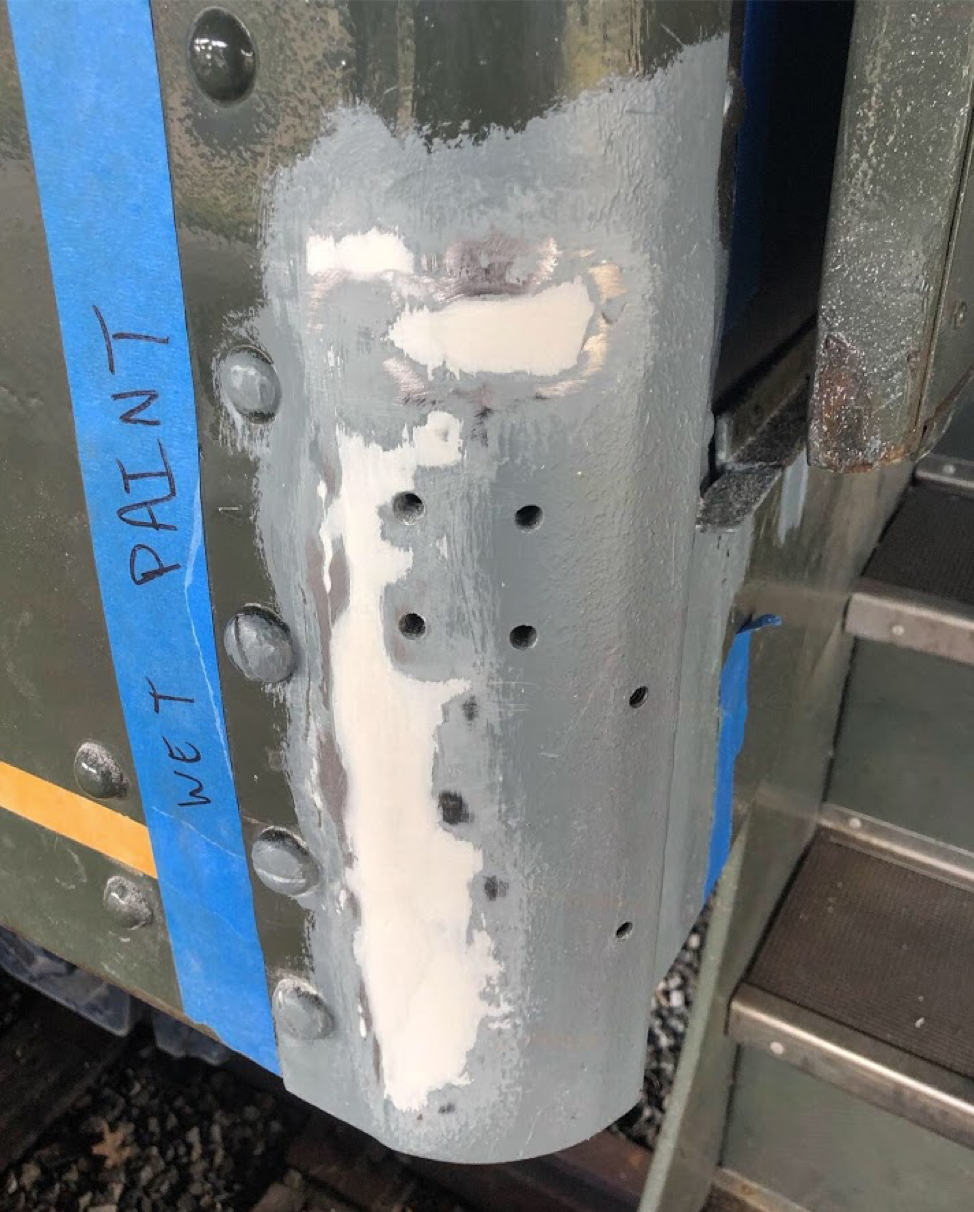
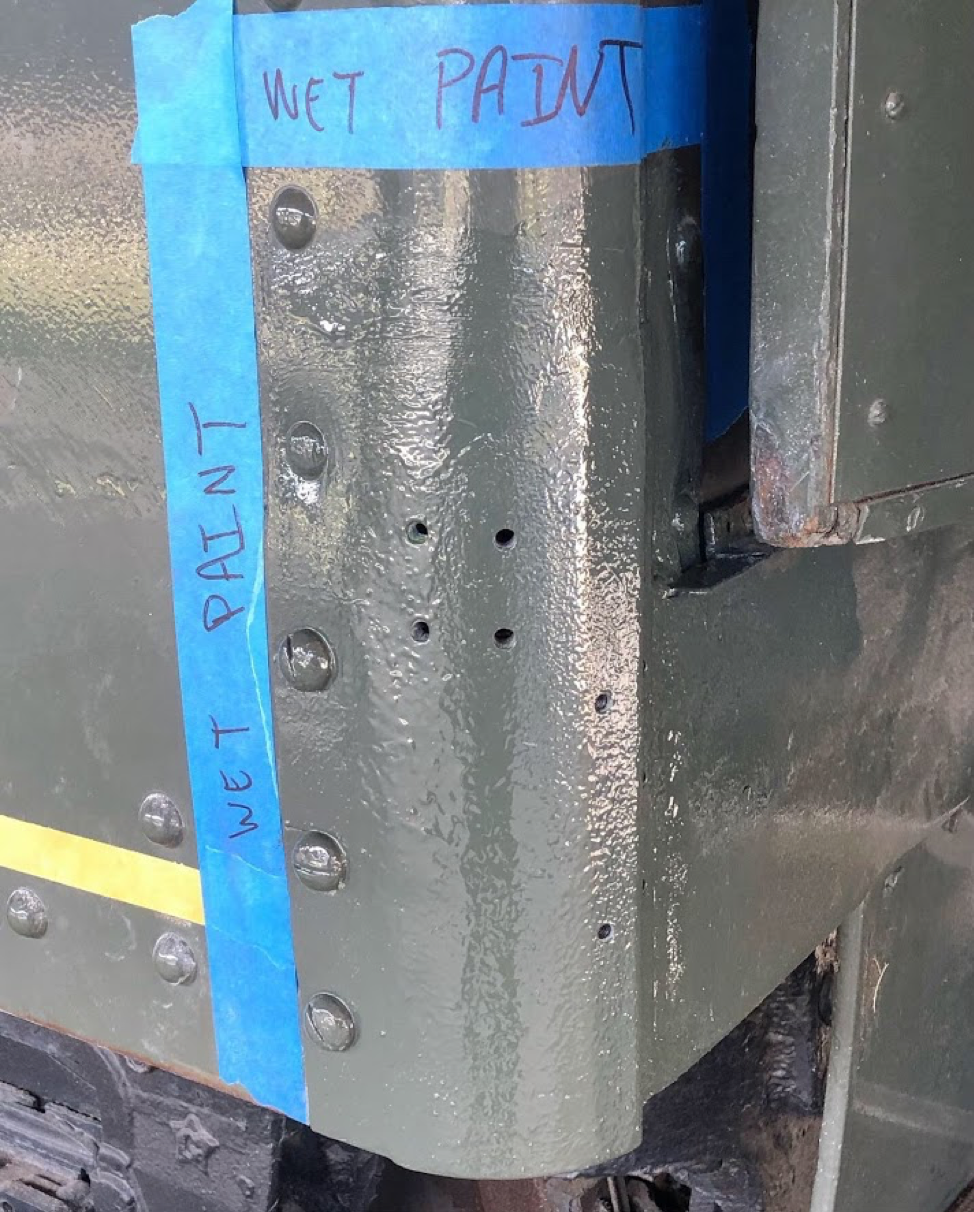
The question is, though, how do you determine whether to conserve, preserve or restore something like this on a historical object? First you have to know the difference in those terms.
In order to bring consistency to the field, organizations such as the International Council of Museums have created committees to define industry standards and help professionals develop their skillset. As a result, we know that conservation refers to “actions taken to safeguard tangible cultural heritage while ensuring its accessibility to present and future generations.” Those measures are categorized into four groups – preventative conservation, preservation, remedial conservation and restoration – and are based upon the level of intervention necessary to prevent deterioration or damage.
Preventative conservation is the least invasive of the four. Its focus is to prevent (avoid, minimize) deterioration before it can start. Most of the time museum professionals are able to accomplish this by storing objects in controlled and stabilized climates, keeping both the temperature and relative humidly in check. This method is indirect and does not “interfere with the materials or structure of the items.” More importantly, it does not modify their appearance.
Next, we have preservation. It is similar to preventative conservation in that it also is indirect. For the most part, this process does not modify the objects appearance and can be removed to restore the object to its original state. Therefore, conservators may use special packaging or storage methods, such as foam, to prevent (further) deterioration.
The next two groups include more drastic measures and could modify the appearance of an object. Remedial conservation is used when an object has already incurred damage. Thus, the goal here is to stabilize the deterioration, preventing it from spreading, and reinforce the objects structure. Professionals only use remedial conservation “when the items are in such a fragile condition or deteriorating at such a rate, that they could be lost in a relatively short time.”
And finally, restoration refers to “any action taken to make a deteriorated or damaged artifact understandable. These actions are only carried out when the item has lost part of its significance or function through past alterations or deterioration.” Restoration professionals are expertly trained, since we rely on them to restore an object with “minimal sacrifice of aesthetic and historic integrity.”
So, now that you better understand the different terms, which method do you think Southwest Restoration, the company we worked with on this project, used on Car ONE?
The team decided to replace a small section of the car and the hand rail attached to it, and restored it in a manner that respected the historical accuracy of the car as a whole. Plan B Design & Fabrication, Inc. cut a piece of sheet metal and welded it into place, and Spectrum Paint used a flake of the original paint to create a match.
Here are three pictures from handrails on Car ONE. Can pick out the restored section?
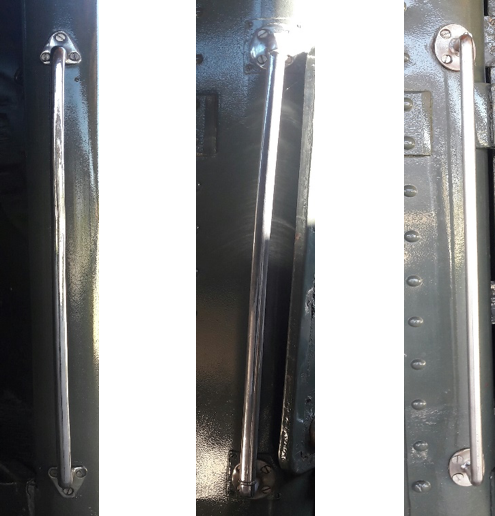
It's the third one!
Southwest Restoration did such a great job on this the Museum asked the team to work on another project on Car ONE: restore portions of the kitchen hallway! Their work was done just in time for the 42nd Annual Model Railroad Show the three days after Thanksgiving. So while guests may have seen Car ONE at previous Model Railroad Shows, this year they got to see the centenarian celebrate its birthday in style, complete with newly painted walls, touched-up floors, enhanced wooden window trim and more!
